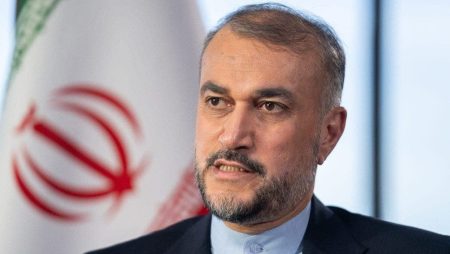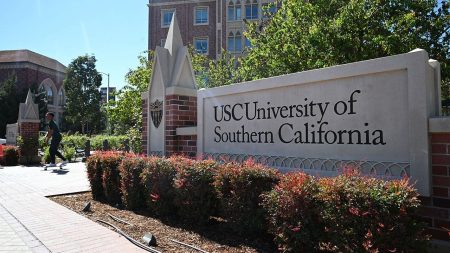South Korea’s government recently announced that it would delay plans to increase medical school admissions in response to a doctors’ strike that has been ongoing since February. The strike was triggered by the government’s proposal to recruit 2,000 additional students, a move that raised concerns about the quality of medical education in the country. To address these issues, a compromise proposal put forward by the presidents of six state-run universities was adopted by the government. This proposal involves a gradual increase in admissions over several years, rather than a sudden boost in student numbers.
The strike, which has involved more than 90% of the country’s 13,000 medical interns and residents, has put significant strain on the healthcare system. The government’s initial plan to add 2,000 new students next year would have increased the current cap of 3,058, which has been in place since 2006, by about two-thirds. Doctors’ groups have argued that the universities would not be able to handle such a steep increase in students, potentially undermining the quality of medical services. However, government officials have emphasized the need for more doctors to address the challenges posed by South Korea’s rapidly aging population.
Prime Minister Han Duck-soo highlighted concerns about the prolonged strike by junior doctors exacerbating the strain on hospitals. As a result, the compromise proposal allows medical schools to reduce their quotas for new students by up to 50% of the government’s 2025 target. This means that the actual number of new admissions could be closer to 1,000 rather than the originally planned 2,000. While emphasizing that this compromise is temporary, officials have indicated that the schools will be required to finalize plans to increase admissions by the full 2,000 by 2026.
The government has urged striking doctors to return to work and engage in negotiations to address the underlying issues. Han stressed the need for decisive action to prevent further disruptions in healthcare services caused by the strike. However, doctors’ groups have continued to call for the government to abandon its plans to increase medical school admissions altogether. The government’s decision to delay the implementation of the admissions increase reflects a balancing act between addressing the concerns of doctors about maintaining educational standards and meeting the growing healthcare needs of the population.
Ultimately, the standoff between the government and striking doctors in South Korea underscores the complexities of addressing healthcare workforce issues amid changing demographic trends. The need for more doctors to care for an aging population must be balanced against concerns about the quality of medical education and the capacity of medical schools to accommodate increased student numbers. Finding a sustainable solution that addresses both the immediate demands of striking doctors and the long-term healthcare needs of the population will be crucial in resolving the current crisis and ensuring the future stability of South Korea’s healthcare system.















